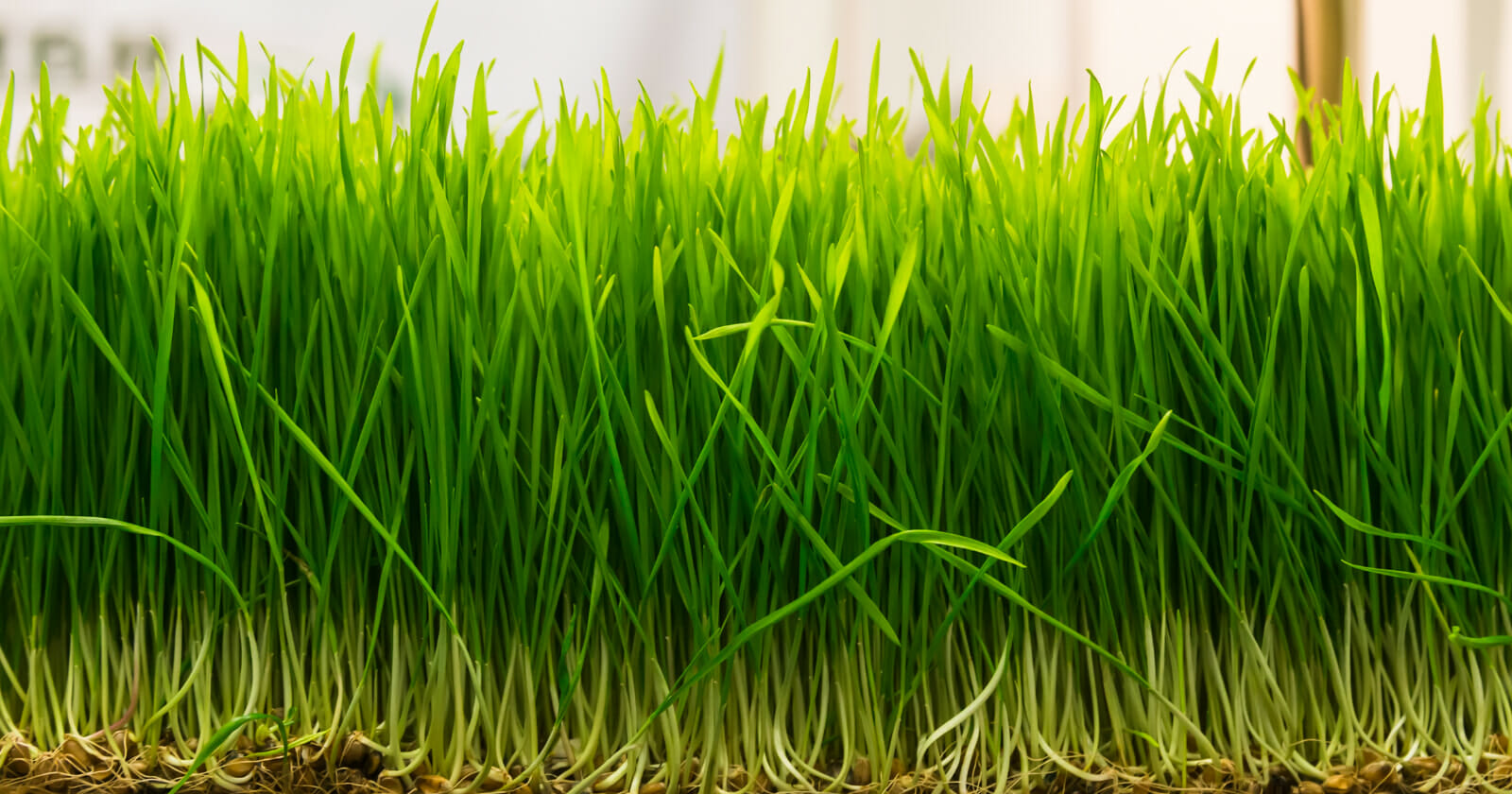Spermidine, a polyamine compound that has a growing body of research suggesting its anti-aging effects, has a variety of health benefits.
Luckily, spermidine is present in abundance in a number of foods—both plant and animal based—that can easily be incorporated into your regular diet, especially since natural levels of spermidine decline with age.
Disclaimer: Please note that the below list of foods high in spermidine is for educational purposes only. Always consult your healthcare provider before making any health decision or when starting a diet plan.
Foods With High Spermidine Content
A 2019 review in the journal, Frontiers of Nutrition, reported on various spermidine-containing foods and their relative amounts.
Below we will summarize these findings and distinguish high versus low(er) containing spermidine foods in plant based foods and animal based foods.
| Food | Value | Source |
|---|---|---|
| Wheat Germ | 2437 nmol/g | Plant |
| Legumes and soybean products | 1425 nmol/g | Plant |
| Vegetables | 398 nmol/g | Plant |
| Nuts and oilseeds | 383 nmol/g | Plant |
| Cheese | 263 nmol/g | Animal |
| Fresh Fish and Seafood Products | 167 nmol/g | Animal |
| Fruits | 98 nmol/g | Plant |
| Fresh Meat | 92 nmol/g | Animal |
| Cured and Fermented Meat and Derivatives | 62 mol/g | Animal |
| Semi-preserved and Canned Fish and Cooked Meat Derivatives | 28 nmol/g | Animal |
1. Plant Based Sources of Spermidine (High to Low)
- Wheat Germ
This includes foods like rice and white bread as well as cereals. In this review, spermidine was found in concentrations up to 2437 nmol/g in these foods.
- Legumes and soybean products
This includes foods such as beans (red and white), soybeans and soybean derived products like soybean milk, tofu, and soy sauce, as well as chickpeas, lentils, miso and peas. In these foods, spermidine was found to be present in concentrations up to 1,425 nmol/g.
- Vegetables
Vegetables like broccoli, cauliflower, carrots, cucumber, eggplant, green peppers, lettuce, mushrooms, onions, spinach, tomato, spinach, and potatoes were found to have up to 398 nmol/g of spermidine.
- Nuts and oilseeds
Almonds, chestnuts, pistachios, and several types of seeds had up to 383 nmol/g of spermidine.
- Fruits
On the lower end of spermidine content for plant based sources were fruits. This included fruits such as avocados, bananas, cherry, kiwi, mandarins, oranges, pineapple, and strawberries. At most, these foods had up to 98 nmol/g of spermidine.
2. Animal Sources of Spermidine (High to Low)
- Cheese
The review found that a variety of cheeses had the highest concentration of spermidine among animal sources with up to 263 nmol/g. This included matured cheese, hard-ripened cheese, goat cheese, blue cheese, gorgonzola, brie, yellow cheese, and Swiss emmental cheeses.
- Fresh Fish and Seafood Products
Seafood and fish such as white fish, salmon, tuna, shrimp, crab, scallops, oysters, calamari, hake, and cod were found to have up to 167 nmol/g of spermidine.
- Fresh Meat
A variety of fresh meats like veal, pork, chicken, rabbit, duck, turkey, and beef were found to contain up to 92 nmol/g of spermidine.
- Cured and Fermented Meat and Derivatives
This category of foods included dry-cured ham and sausage that had been dry-fermented. The review found that these foods had up to 62 nmol/g of spermidine.
- Semi-preserved and Canned Fish and Cooked Meat Derivatives
These foods were tied for the lowest spermidine levels in animal food sources. Anchovies and canned tuna had up to 28 nmol/g of spermidine. Similarly, cooked meat derivatives like cooked ham, weiner sausage, frankfurter, and mortadella contained no more than 28 nmol/g of spermidine as well.
Other research has also found that foods like Philippine mango, Japanese pumpkin, pond smelt, and turban shell viscera, and eel liver also contain relatively high amounts of spermidine.
How You Can Increase Your Spermidine Consumption
If you are looking to leverage spermidine for its health benefits, it may be beneficial to prioritize consumption of the foods that have been discussed in this blog.
Plant based sources contain higher amounts of spermidine than animal based, on average. However, spermidine is ubiquitously present across both plant and animal based sources of food making it relatively easy to incorporate into various types of diets. Whatever your palette prefers, there is likely a spermidine rich food that may appeal to you.
Additionally, supplementation with spermidine may be a reasonable option depending on your age and health goals. However, you should always consult a physician before starting on any diet or supplement regimen to ensure it is safe for you.
Sources
- Esparza et al. 2019. Polyamines in food.
- Nishimura et al. 2006. Decrease in polyamines with aging and their ingestion from food and drink.

Tana Bao, BSN, MSN, APRN, NP
Tana is a family nurse practitioner dual board board certified through the American Academy of Nurse Practitioners (NP-C) as well as the American Nurses Credentialing Center (FNP-BC).
